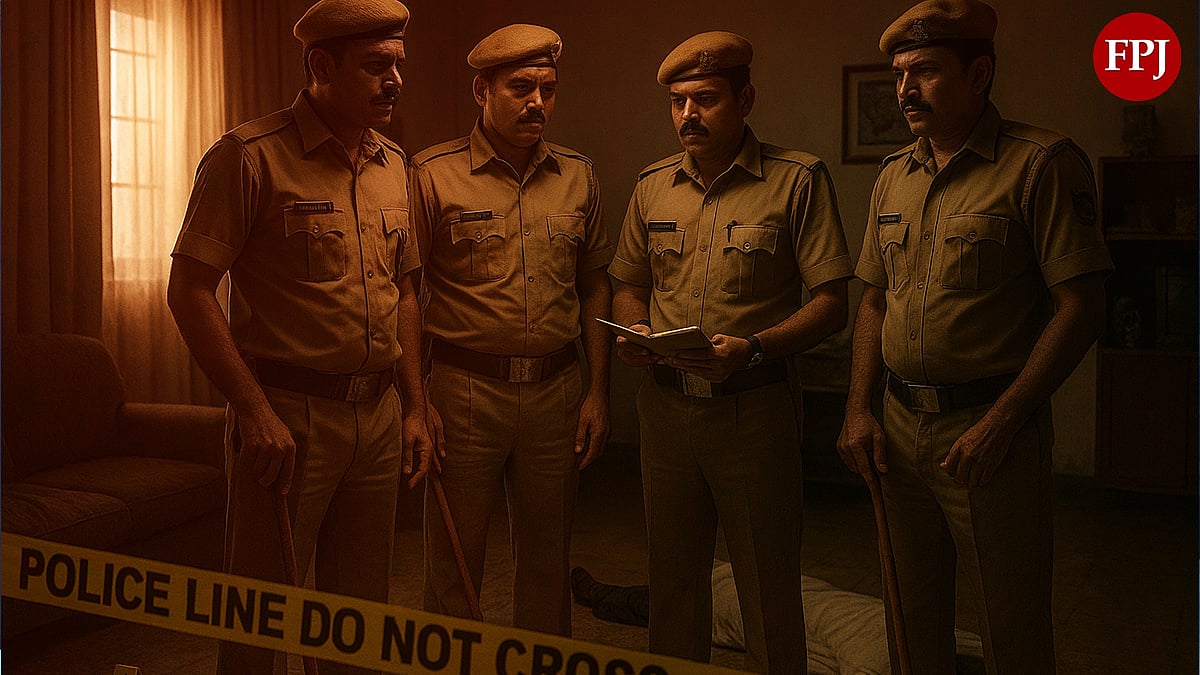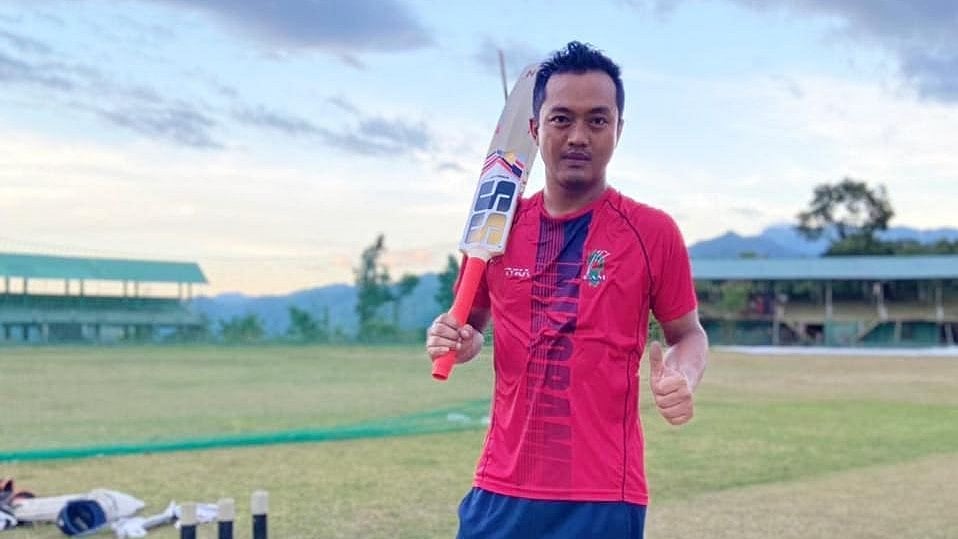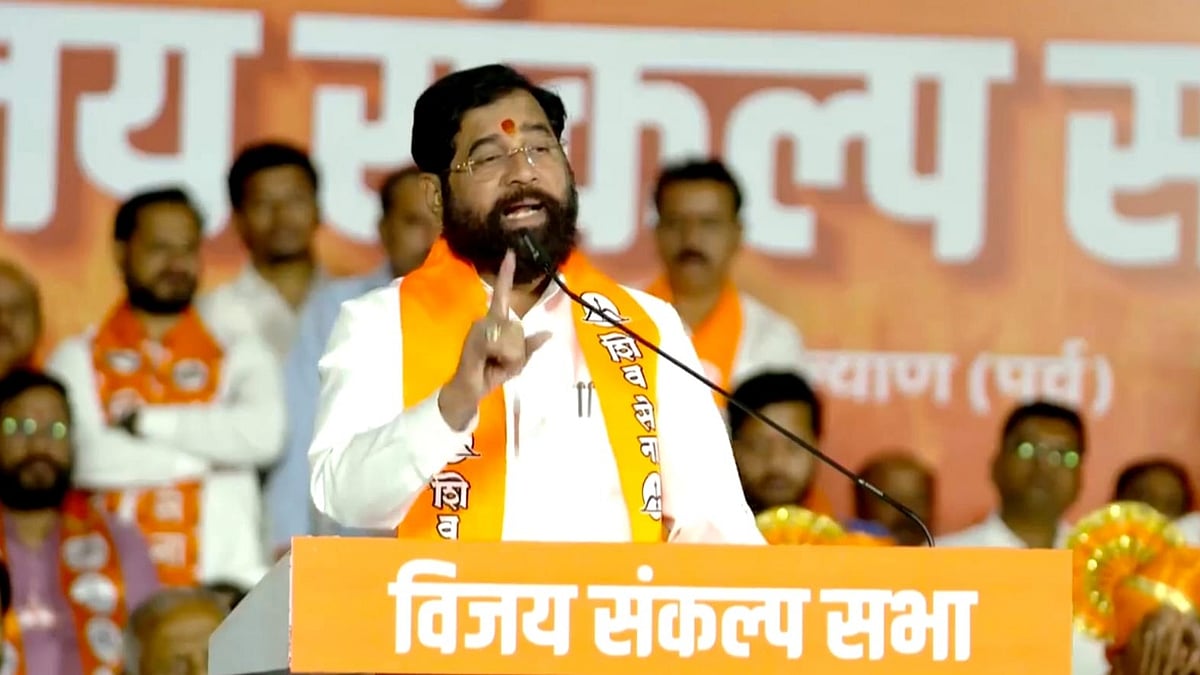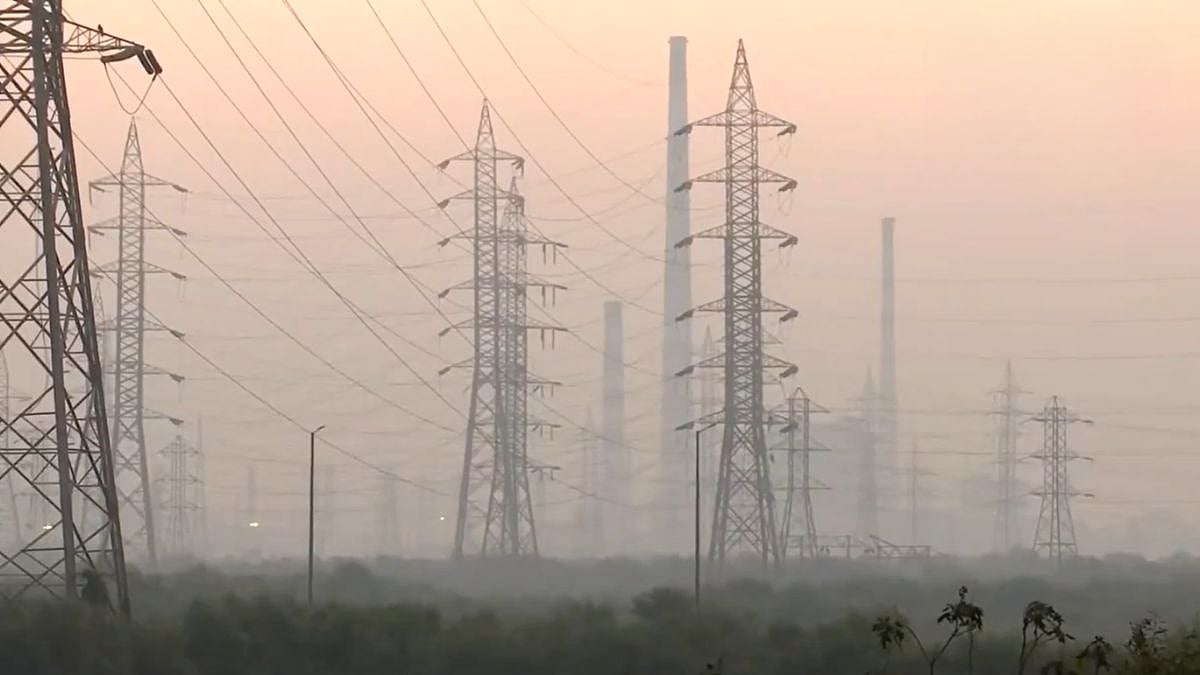The Maharashtra Public Health Department has expressed alarm over the speed with which the Omicron variant infection is spreading in the state. Additional Chief Secretary (Health) Dr Pradeep Vyas has said that number of Covid infections in the third wave is going to be huge. “Even if 1% case fatality is presumed, we could still end up with 80,000 deaths if there are 80 lakh cases in the third wave. So do not be lulled into a sense of complacency by the narrative that third wave/Omicron wave is mild and not fatal. It is equally fatal for those who are not vaccinated and have comorbidities. So please improve vaccination coverage and save lives,” Vyas noted in his letters to the divisional commissioners and district collectors. These letters are in the possession of The Free Press Journal.
Vyas has asked them not to be complacent based on social media, print, electronic media reports suggesting that Omicron causes mild disease. “We need to think rationally and scientifically. Whole genomic sequencing, results show that still we have the Delta variant in more than 70 per cent cases. This figure will vary from district to district. The US, Europe and South Africa are experiencing lesser hospitalisation rates despite the rapid increase in cases. There are studies to show that covid disease in the present wave has been severe in unvaccinated persons,” he said.
“Please remember, the unvaccinated persons in the current wave are at much risk (or rather, greater) as compared to the second wave of March to May 2021,’’ said Vyas.
Further, Vyas said that since the present Omicron variant is highly infectious and has great transmissibility, it is necessary to monitor that such Covid-positive persons do not emerge from isolation and do not mix with the general population/society. “A robust call centre will help in achieving this objective. This call centre can also educate the patients to keep calm and watch for danger signs (oxygen saturation, six-minute walk test). The linking of this call centre to the dashboard to show the number of available beds will be used so that patients can be referred to hospitals in case of need and risk. Also connect these to the ambulance network,” he said.
Infrastructure upgrade
Vyas has pointed out that no district could achieve complete infrastructure preparedness in terms of ICU beds, ventilators, oxygen beds and other beds needed to manage cases during the third wave. “Districts are advised to prepare a total plan, however, for minimum disturbance to non-Covid services and to save resources. Infrastructure should be made ready step by step. Nearly 40 per cent of total bed requirement to be put in place by January 15, 2022, 30 per cent of the total requirement when 50 per cent of the above beds are occupied. The remaining 30 per cent of the total requirement when 75 per cent of the above beds are occupied. Districts should plan so that they should be able to convert hospitals to dedicated Covid hospitals (DCHs) and dedicated Covid health centres (DCHCs) within one week of the requirement and increase in bed capacity should be possible within three days from the day when bed occupancy crosses 50 per cent,” he noted.
Oxygen availability
Liquid medical oxygen (LMO) is the most reliable source of oxygen supply. Therefore, Vyas has asked district administrations to keep at least three days’ requirement of oxygen supply in the form of LMO in all DCHs and DCHCs with 30 or more beds. “Some districts are reluctant to install LMO tanks, saying they have already installed Pressure Swing Adsorption (PSA) plants. All districts to please note that any centre with 30-plus oxygen beds must have at least a 10 KL LMO tank,” he said.










